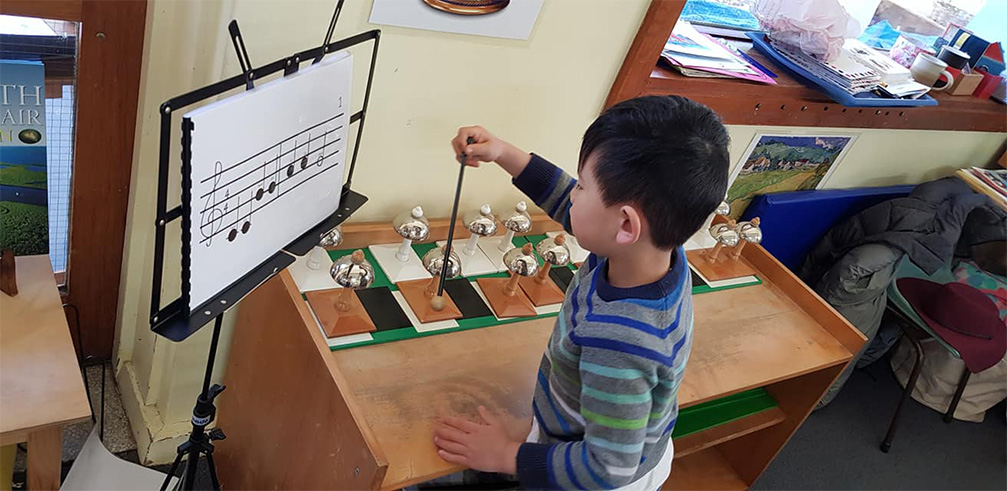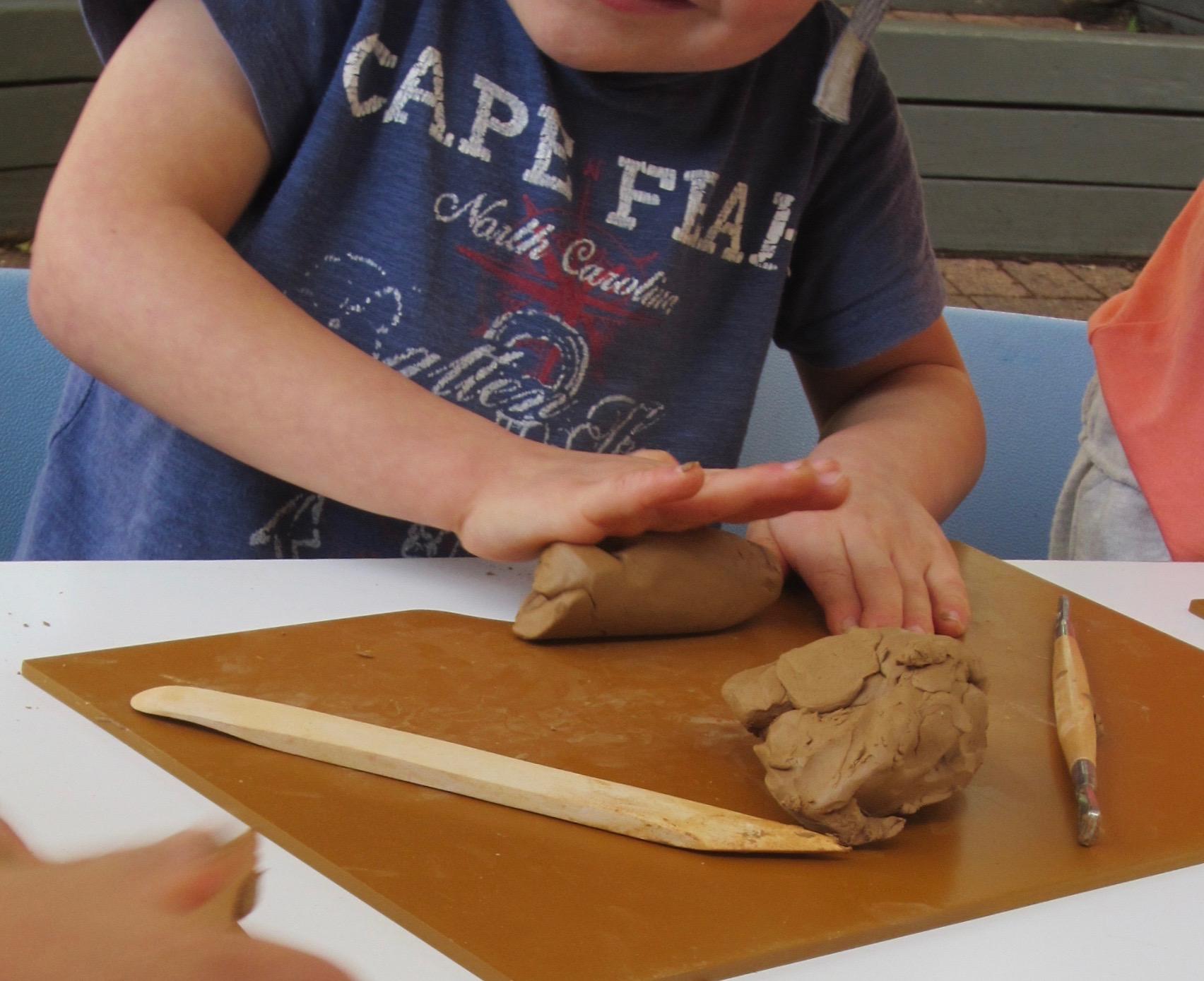The Hand and the Mind and the Joy of Purposeful Work

Natasha Williams, Director 3-6 Environment
Dr. Montessori believed that “the hand is the instrument of the mind.” Students in a Montessori classroom learn by doing, engaged in multi-sensory exploration, deepening their learning experience. It’s so easy to take for granted the wonders of our hands and the part they play in our learning and development. In a Montessori classroom, each child is actively engaged in the process of discovery, encouraged to explore the materials to fully satisfy their natural curiosity. Children are engaged in hands on learning from the time they enter in the morning until they leave the children’s house in the afternoon.
Why is this? Because this is how we as humans interact, find out and experience our environments – these early explorers discover their world through their senses and their hands. Montessori observed this and created materials to support this developmental and innate need across each plane of development. This is also why you may not have lots of work on paper that makes it home. Rather than learning about length by filling out a worksheet, or addition by rote learning sums the children are working with things they can touch and move. They access the learning through the materials as the aim of the material is revealed to the child through their own effort. A discovery is made everyday by the child independent of the adult.
How can you support this at home? Please provide opportunities for them to coordinate their hand and mind to achieve a task. As movement becomes more coordinated, children need purposeful work to continue to grow and move toward independence. Every time a child engages in purposeful work their concentration is developed alongside their self-confidence.
Young children can help fold laundry, set the table, dust, wash dishes, and pick up their toys. They develop strength and confidence in their new skills. They imitate the adults around them in an effort to participate in the world that surrounds them. As their guides, adults must allow for these experiences and provide an environment in which children are free to develop and become an active member of their home and community.

